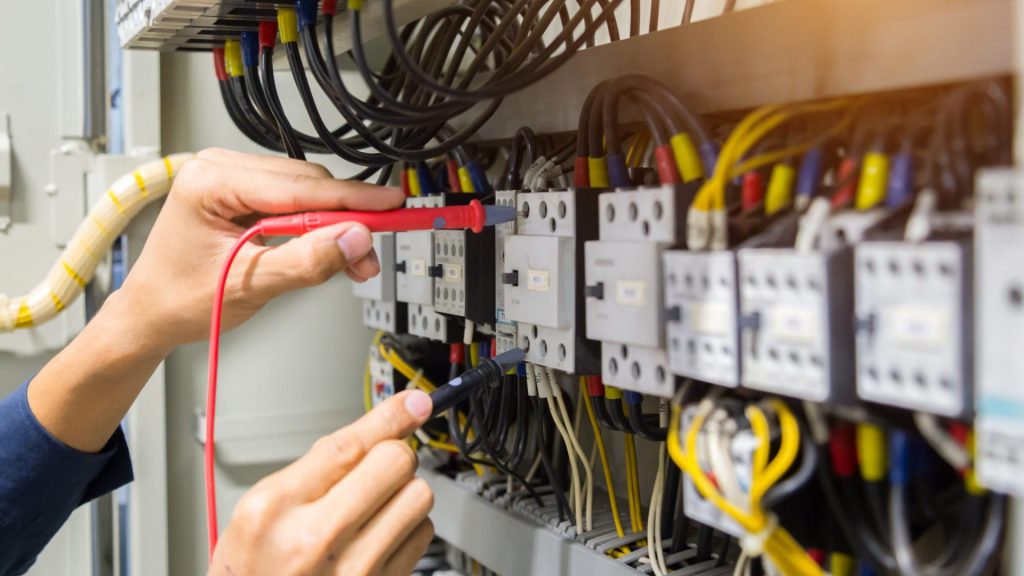Electrical repairs are a common need for homeowners, especially those who live in older homes or want to ensure their home is safe. This blog post will cover some of the most common electrical repairs and how you can prepare for them.
There are three primary components to every electrical circuit:
- A source of power, such as a wall socket or electric outlet.
- An appliance converts the power from the source into something useful, like light.
- Wiring that connects the two.
A significant component of an electrical repair is correctly identifying which circuit breaker controls your panel – it may not be evident because breakers get installed randomly in panels at different capacities to accommodate future uses.
If your breaker is in the wrong position or doesn’t have a cover, you may not be able to get inside and replace it (it’s typically a little tricky).
For most electrical repairs in Riverside to be done effectively, you’ll need some way to cut the circuit safely. There are several options for doing this: electrical tape and nail polish can be used with caution; wire strippers and multi-blade screwdrivers can cause more damage if misused, and bare hands can easily short out wires when touching metal with them.

If it’s possible to do so safely, turn off the power at the circuit breaker.
Depending on what your wiring looks like, you may need to replace several sections of your circuit to get rid of a problem.
For example, if one section is damaged but not another, you’ll be able to provide power to that section while the other one is being repaired. This can also help prevent fires and ensure each section is wired correctly.
However, wires may be damaged so severely that they should be replaced entirely. This may be particularly true if you’re replacing a light fixture, lamp, or other appliance.
It’s important to note that not all wires are the same size. Different wattages and voltages are used for different lights and outlets. If you have any doubt about which section is connected to what wire, leave it alone until you have time to thoroughly research the wiring in your home.
You can also refer to this handy reference list at the bottom of this post which includes standard circuit sizes and their corresponding wattages.
Many electrical plugs are compatible with multiple wires, but they should rarely be swapped without knowing exactly what kind of wire they go into or quickly causing a short in all of them.
